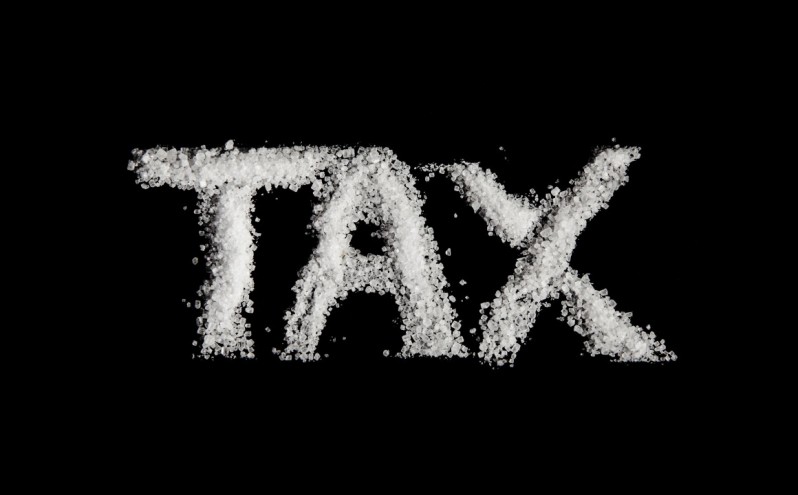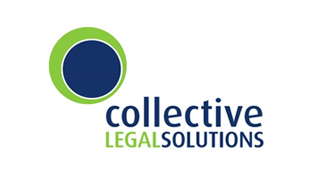How to understand your new tax codes
In most cases, this April you should only receive one notice showing the codes to each source of your PAYE income and how this has been allocated by HMRC (HM Revenue &Customs). These codes should be presented on one piece of paper with the notes and explanations on the back. This makes it far easier to check, as all the backup information you should need is available.
To make sure you are paying HMRC the right amount of tax and they have the correct information about your earnings, these codes and notes should be looked at carefully. Once the tax year begins, you should also check that the codes issued by HMRC are being operated by your employer or pension provider.
How to check your coding notice document
The first part of the form shows your personal allowance and relief for any job expenses or subscriptions and how your tax free allowance has been calculated.
Below are the allowances to check;
- Everyone has a tax-free allowance of £11,000 for 2016/2017
- You may be entitled to married couples allowance, if either you or your spouse were born before 6th April 1935
- if you are registered blind, you should be able to claim blind person’s allowance(for 2016/17, this would be £2,290)
- If you were born after 6th April 1935 and your spouse has applied to donate 10% of their tax free allowance to you under the new marriage allowance rules, the transfer will show here (for 2016/17 this would be £1,100)
- Any job expenses
- Any subscriptions
You then need to check the deductions that have been made;
- State pension (not taxable at source, so must be put into your code)
- Any other taxable benefits, e.g. employment support allowance, carers allowance
- Any marriage allowance transferred to your spouse (if born after 6th April 1935)
- Married couples allowance transferred to your spouse (if born before 6th April 1935)
- Any underpayment for a pervious tax year (you should already have been told by NMRC if you have any underpayment; if not you should contact them directly for more information)
Once you have gone through your allowances and deductions, you will be left with the important figure (the last digit is removed), which can either be a positive or negative figure.
- If there is a positive figure (an excess allowance), this is allocated to your income sources using a tax code, usually with the letter L.
- If it is a negative figure, it indicates an amount that still needs to be taxed and the tax code will be prefixed with the letter K.
The letters are instructions to the employer/pension provider and can be any of following;
| Code | Explanation |
| L | Standard tax-free personal allowance |
| T | your code will not change until it has been reviewed by HMRC |
| M | You have received 10% of your spouse’s personal allowance |
| N | you have donated 10% of your personal allowance to your spouse |
| BR | No surplus allowance and income from this source will be taxed at basic 20% rate |
| X | |
| HMRC will review the tax paid at the end of the tax year | |
| K | indicates a negative amount of tax free allowance and that tax has to be paid on this amount |
This article is by Tax Help for Older People registered charity no 1102276, http://www.taxvol.org.uk offering free tax advice to older people on incomes below £20,000 a year. The Helpline number is 0845 601 3321 or 01308 48806











